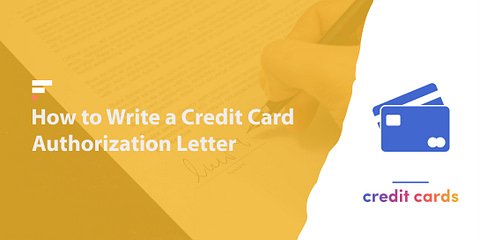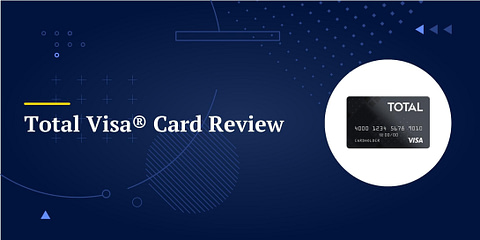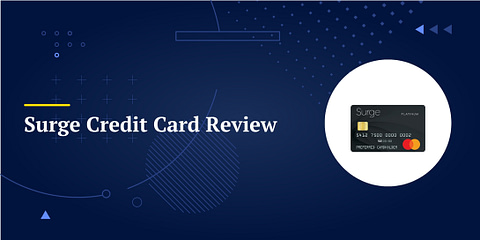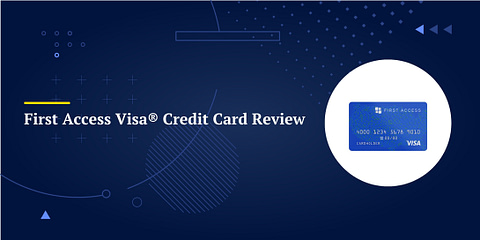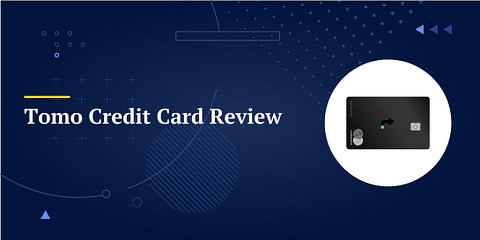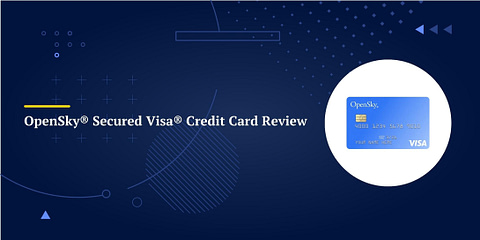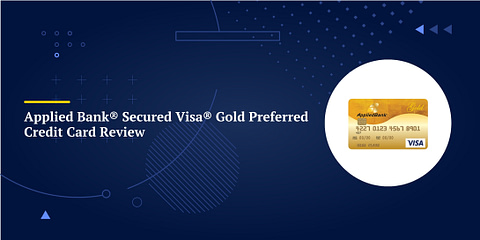If you’ve traveled outside of the United States and used a credit card or debit card, you might have noticed a foreign transaction fee showing up on your monthly statements.
Some card issuers charge an additional fee when you use your card outside the country it was issued in. With a bit of effort, you can minimize or avoid the fee entirely, helping you save money on your next trip.
What is a Foreign Transaction Fee?
A foreign transaction fee is exactly what it says on the tin. It’s an additional fee that card issuers charge when you use your debit card or credit card while outside the United States. The fee is composed of two different charges: one from the card issuer, typically a bank or lender, and one from the card network, such as Visa or Mastercard.
Most often, foreign transaction fees are charged as a percentage of the transaction. You might pay anywhere from 1% to 4% of the amount as a fee.
👉 That means that if you make a $100 purchase using your credit card, you could pay between $1 and $4 in foreign transaction fees.
You can find how much your card issuer charges in your cardholder agreement.
Foreign Transaction Fees vs. Currency Conversion Fees
When you’re in another country, it’s important to understand the difference between foreign transaction fees and currency conversion fees.
When you make a purchase outside of the US, the merchant will typically charge you in whatever the local currency is, such as euro, yen, or pesos. When you swipe your card, your card issuer gives the merchant the appropriate currency and adds it to your account’s balance in dollars.
Some merchants work with a company that offers dynamic currency conversion (DCC). This lets merchants charge customers in the currency of their choice and receive local currency in return.
👉 For example: if you’re in France, which uses euros, a local merchant using DCC could give you a bill in US dollars. That saves you from having to do the mental math to figure out the conversion. When you pay, the merchant will receive euros even though the bill came to you in dollars.
Merchants will let you choose between a charge in the local currency and dynamic currency conversion. Usually, you’ll want to pay in the local currency.
One reason is that DCC providers don’t offer the best exchange rates, so you could pay more than if you paid in the local currency. The second is that foreign transaction fees are based on where you make a purchase, not the currency used, so DCC does not let you avoid foreign transaction fees, even if the bill shows dollars and not a foreign currency.
Why Do Card Issuers Charge a Foreign Transaction Fee?
Card issuers charge foreign transaction fees for several reasons.
The simplest reason is that fees are a way for card issuers to make money. The more they can charge cardholders for using their cards, the more money a credit card issuer can bring in.
Another is that foreign transactions generate some cost for the card issuer and the fees help to cover those expenses. Card issuers already charge merchant interchange fees to cover the expense of operating a payment network.
Making that payment network handle currency conversion and overseas money transfers adds complexity and costs that need to be paid for.
Do All Credit Cards Have Foreign Transaction Fees?
No, not all credit cards have foreign transaction fees. There are many credit cards that don’t, and this can often be a major selling point for those cards.
Commonly, the credit cards that don’t charge foreign transaction fees are travel-focused credit cards. A lack of foreign transaction fees is especially common among the more premium travel cards, which carry high annual fees. However, there are travel cards with no annual fee that don’t charge a foreign transaction fee.
How to Avoid or Minimize Foreign Transaction Fees
There are a few options if you want to avoid or minimize foreign transaction fees while overseas.
To start with the obvious solution, you can simply avoid using your card when you’re outside of the United States. If you don’t use the card, your card issuer can’t charge a fee.
However, this can be highly inconvenient, forcing you to use cash for your entire trip. It can also be risky because carrying cash can make you a target for theft or pickpockets. You also lose the fraud protections offered by most credit cards.
Plus, the savings may be lower than expected. If you convert dollars to other currencies, you’ll usually pay an exchange fee. Even using your debit card to take money out of an ATM can incur fees. You can limit the cost by converting currencies at your bank before leaving the US, but traveling with a lot of cash is dangerous.
The other simple option is to sign up for a credit card with no foreign transaction fee. That gives you the freedom to use your card wherever you’d like without having to worry about fees.
If you expect to spend a lot of time in another country, such as on frequent business trips, it may make sense to open a bank account in that country or to open a specialized bank account for frequent travelers. This will let you hold cash in whatever foreign currency you’ll need to use and make converting easier and lower cost.
The Bottom Line
Many credit cards charge a foreign transaction fee when you make purchases outside the US, but with a bit of effort, they’re avoidable. Most people who expect to travel can benefit from keeping a card with no foreign transaction fee and no annual fee in their wallets.




